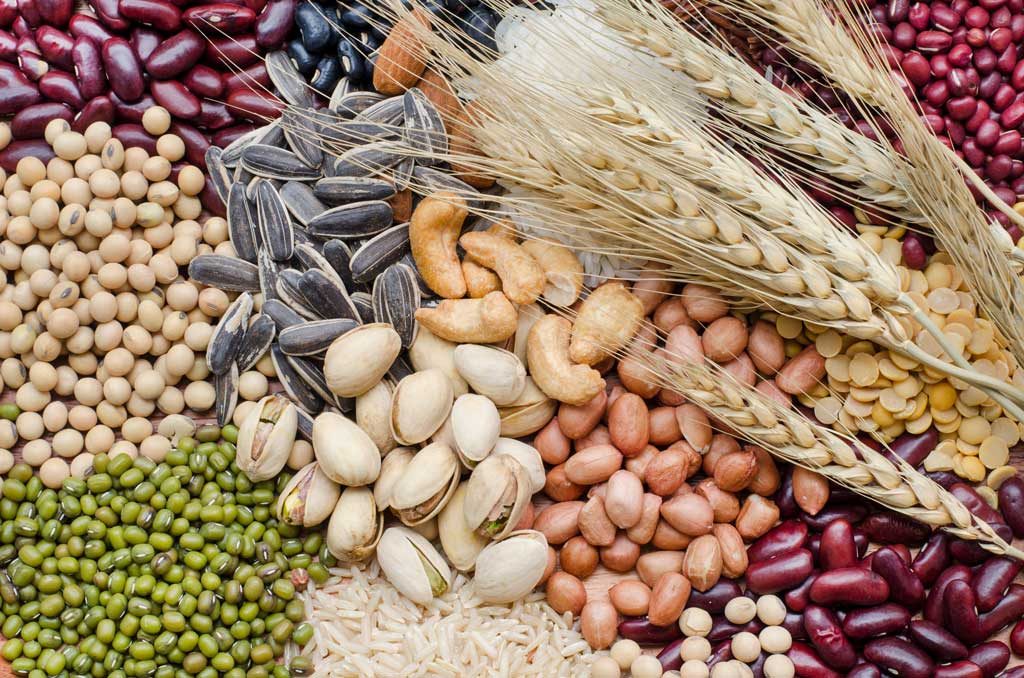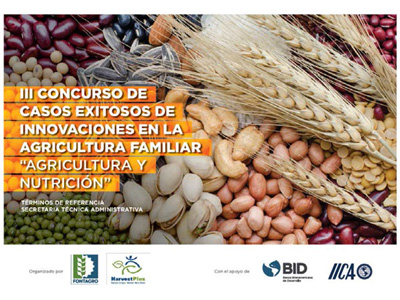
Green revolution had a positive impact on increasing food supply to poor farmers of the world. However, increased food availability does not necessarily imply improvement of the diet. As a response to this, most of national and international agricultural research institutions in Latin America are incorporating in their agenda strategies to improve nutritional quality of food staples and the incorporation of micronutrients in the diet.
Remarkable progress has been made on the development of maize, rice, yam and bean crops enriched with minerals and vitamins through a process of known as biofortification. The Program Harvest Plus of the Consultative Group of Agricultural Research, CGIAR is leading the effort to improve not only nutritional quality of these crops but also increase yields, strength their resistance to pest and diseases attacks and water stress. There are already important experiences in the region that need to be documented and disseminated. On the other hand, there is clear trend for crop diversification and the inclusion of higher nutritional quality crops in the diet of small households.

Conscious of the importance of the nutritional component of food to reduce food security of household families of Latin America, the Fondo Regional de Tecnología Agropecuaria, FONTAGRO launched last may a contest to identify and document successful cases and learn experiences that contribute to a better understanding of how the innovation process improve availability and nutritive quality of food that can be replicate elsewhere in the region. The contest was organized by FONTAGRO and supported by the Harvest Plus Program and the Instituto Interamericano para la Cooperación en Agricultura, IICA.
More than 50 cases were submitted to the three categories of the contest: I) Associations of producers and other organizations of the private sector working with them; II) Public sector and NGOs working with producers and III) Regional and international organizations working in LA. Cases were subjected to rigorous evaluation process following a set of criteria such as geographical coverage of the case, time of development of the innovation, number of beneficiaries, linkage to markets, benefits to nutrition, evidence of impact , replication potential and learn lessons.
After a review process that lasted four months the evaluation panel identified a group of cases that document successful experiences of improvement of the consumption and nutritional quality of the diet. Among cases presented to the Category I the most interesting are the substitution of potato monocropping for production systems more diverse including vegetables with better nutritional quality for consumption by school children in a highland region of Colombia and, the effort of a Cooperative in Guatemala to multiply seeds of biofortified maize, rice, beans and Yams.
A wide range of cases were identified in Category II. Among those, the integration of biofortified crops to the national programs of nutrition in Panamá, the role of a interinstitutional network called “Biofort” to scale up biofortified maize, rice and yam crops in Guatemala, and the massive multiplication and adoption of an improved variety of yam called “Amelia” with superior content of pro-vitamin A which is essential to fight against malnutrition.
Also, there are cases reporting the collection, multiplication and inclusion in the diet of local people of native materials such as Quinoa (Chenopodium quinoa) in Argentine, Quinoa (Chenopodium quinoa), Chocho (Lupinus mutabilis)and Amaranto Amaranthus spp in Ecuador and Mani (Arachis hypogaea) and Oregano (Origanum vulgare) in Bolivia. Finally, there are cases reporting improved production and consumption of honeybee, fruits and vegetables produced under agroecological practices in Argentine and, the increased production and consumption of vegetables in production systems resilient to climate change in Colombia. Categoría III was declarad vacant.
These cases will be published by FONTAGRO in a special issue and the best ones from each category will be awarded with US$ 15.000 in a special ceremony in Washington.
***
About FONTAGRO
FONTAGRO was created 1998 with the purpose of promoting the increase of the competitiveness of the agri-food sector, ensuring the sustainable management of natural resources and the reduction of poverty in the region. The objective of FONTAGRO is to establish itself as a sustainable financing mechanism for the development of agricultural technology in Latin America and the Caribbean, and to establish a forum for the discussion of priority topics of technological innovation. The member countries are: Argentina, Bolivia, Chile, Colombia, Costa Rica, Ecuador, Spain, Honduras, Nicaragua, Panama, Paraguay, Peru, Dominican Republic, Uruguay and Venezuela. In the last 21 years 144 regional agricultural innovation platforms have been co-financed for an amount of US $ 112 million, which has reached 230 institutions and 29 countries worldwide
Tags: Concurso de Casos Exitosos